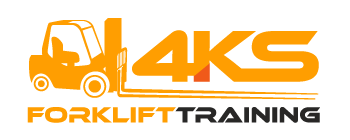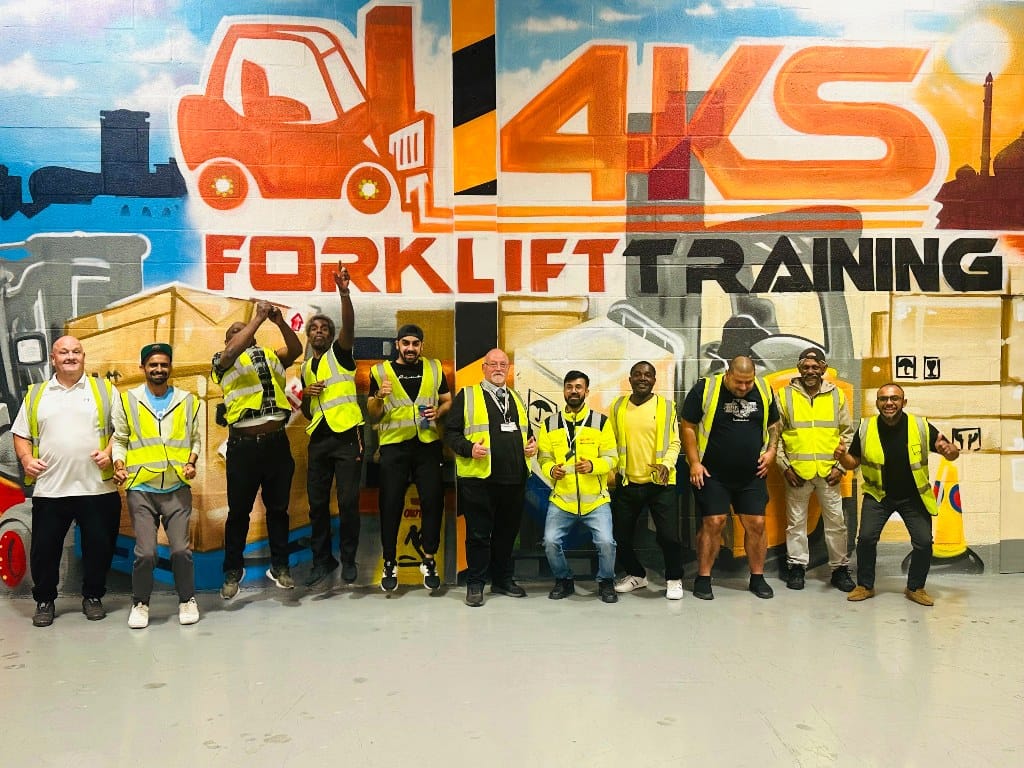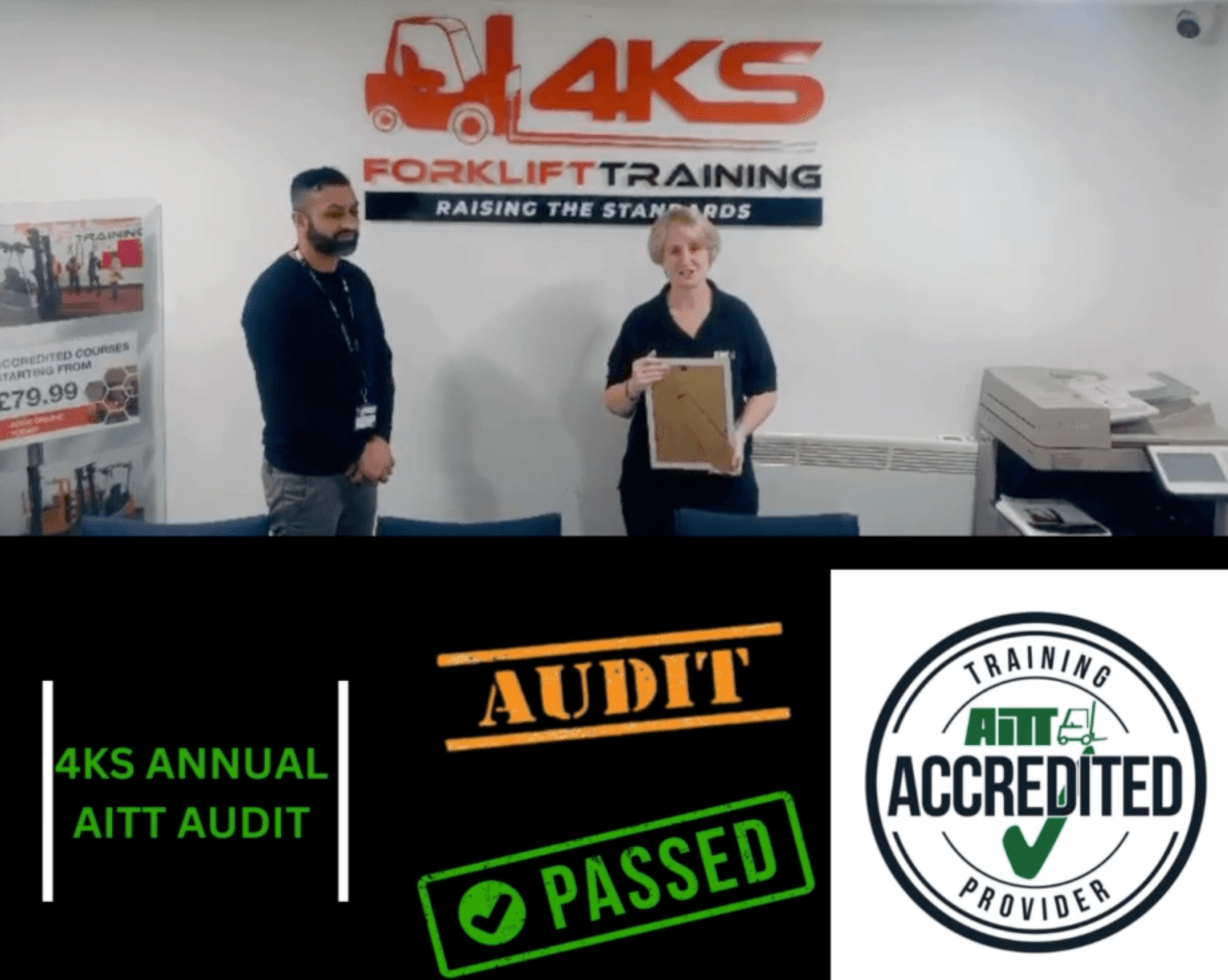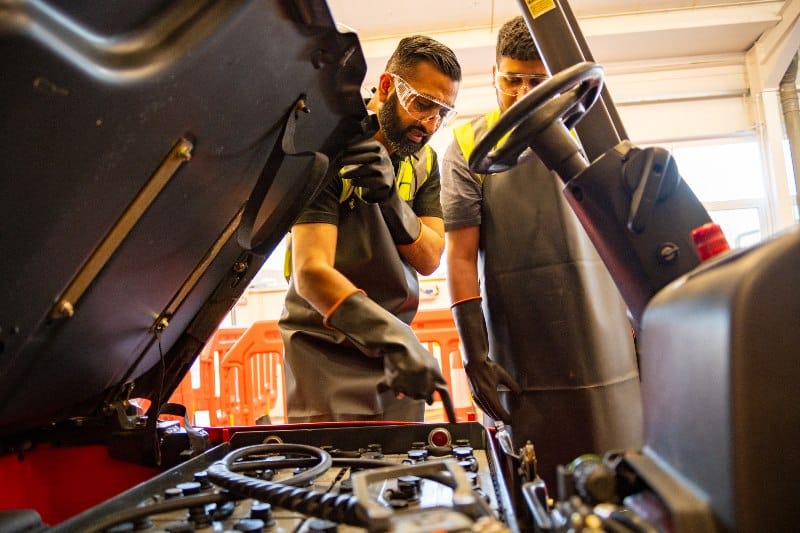
Involving Forklift Operators in Health and Safety
How to involve your forklift operators in health and safety
Reports show that workplaces where employees are involved and participate in health and safety have a lower percentage of accidents. For awareness around the risks associated with slips and trips this statistic is 62%, as opposed to only 28% where employees are not involved. We can learn from this that involving truck operators in health and safety, and encouraging them to participate, has a positive impact on the risk of incidents.
Although forklifts are a very common machine in logistics and warehouse operations, there are still many accidents and dangerous incidents involving them. Around 8,000 accidents involving lift trucks are reported annually. The risks related to lift trucks are probably best understood by your own operators, their position allows them to understand the workplace environment, machinery and material handling well – and is why we would encourage them to actively contribute towards improving health and safety.
We’ve put together a few examples of how employers can do this:
1. Communication
Incidents are an almost guarantee able part of the job, but creating a culture of this makes quite the difference. An awareness of the very possible outcome of incidents and their impact helps to keep operators informed and prepared. It allows them to understand the potential fines incurred, possible loss of work, related costs and financial pressures as well as injury itself.
Giving a broader understanding of incidents and their impacts requires two-way communication between trainers, health and safety /compliance managers and operators. The way this plays out will vary on the size and scale of your organisation but a great place to start is through training. Seeing as training is required regularly for compliance, this stance of communicating the impact of incidents can easily be incorporated into any existing training.
2. Education
Managers and supervisors need to have a clear knowledge of what their role is in health and safety at your organisation. As well as training operators correctly, it is equally important to ensure that senior roles are correctly trained, so that quality supervision can be carried out and the risk of incidents reduced.
Operators aren’t completely off the hook! It is important for all operators to also have their accountability for health and safety. Having easy access to safety standards and your organisation’s rules and processes regarding this will help them to remain informed and provide an easy point of reference.
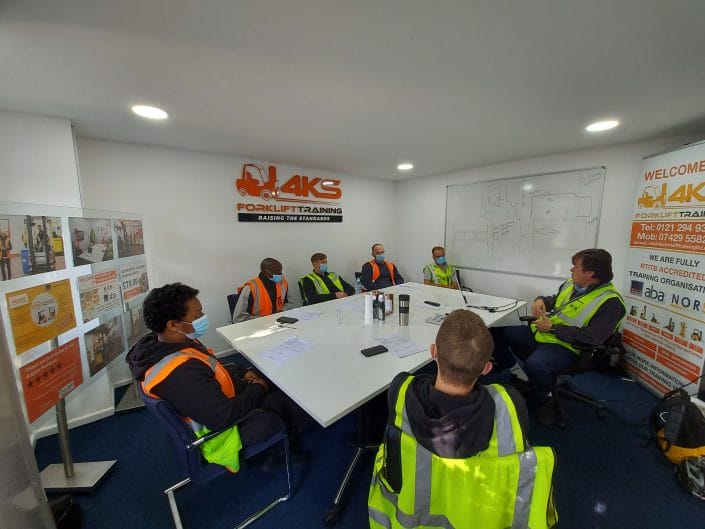
3. Transparency
Similarly, to communication, explaining to your employees what you as an employer have a responsibility to do in order to remain compliant helps to bring a broader knowledge of health and safety. This may be covered in your operator training, but perhaps consider explaining the exact level of requirements you have to fulfil. Being transparent about these requirements could positively impact your operators’ perspective and behaviour towards health and safety, once they are made aware of the importance of it.
4. Training
Training is the key step in informing and educating your operators. It is a requirement for compliance and safety but also helps reduce the risk of harm for operators and those around them. Remember to check that your employees are kept up to date with the correct level of forklift operator training required. This applies for all employed, temporary and contract workers, and can be maintained through a refresher or conversion training course if required.
Outside of this make sure to carry out regular risk assessments and operator assessments in order to identify where additional training is needed and ensure the best safety practices are in effect.

